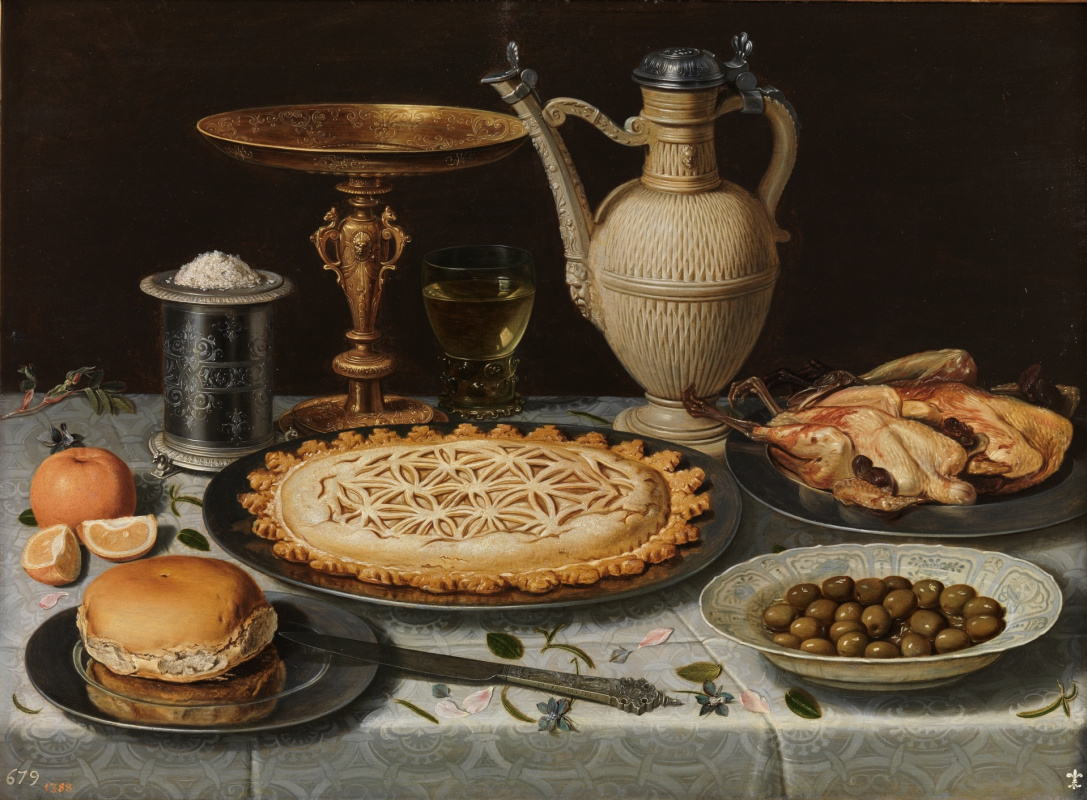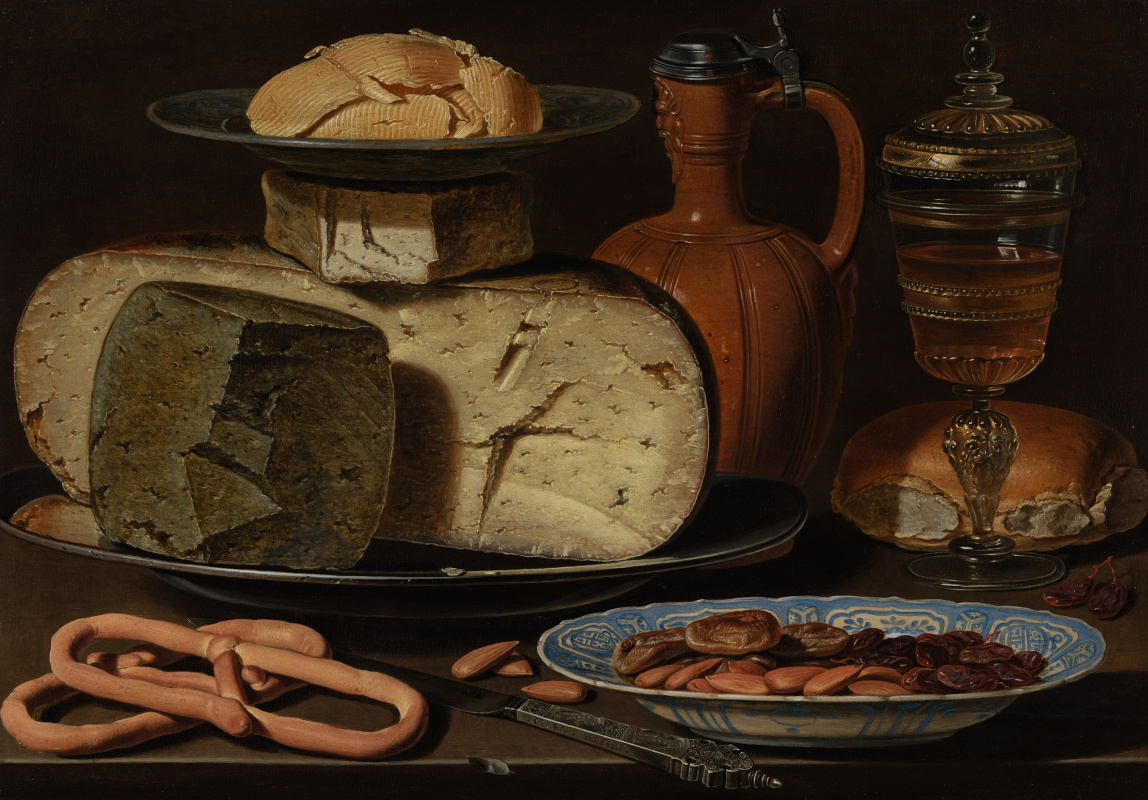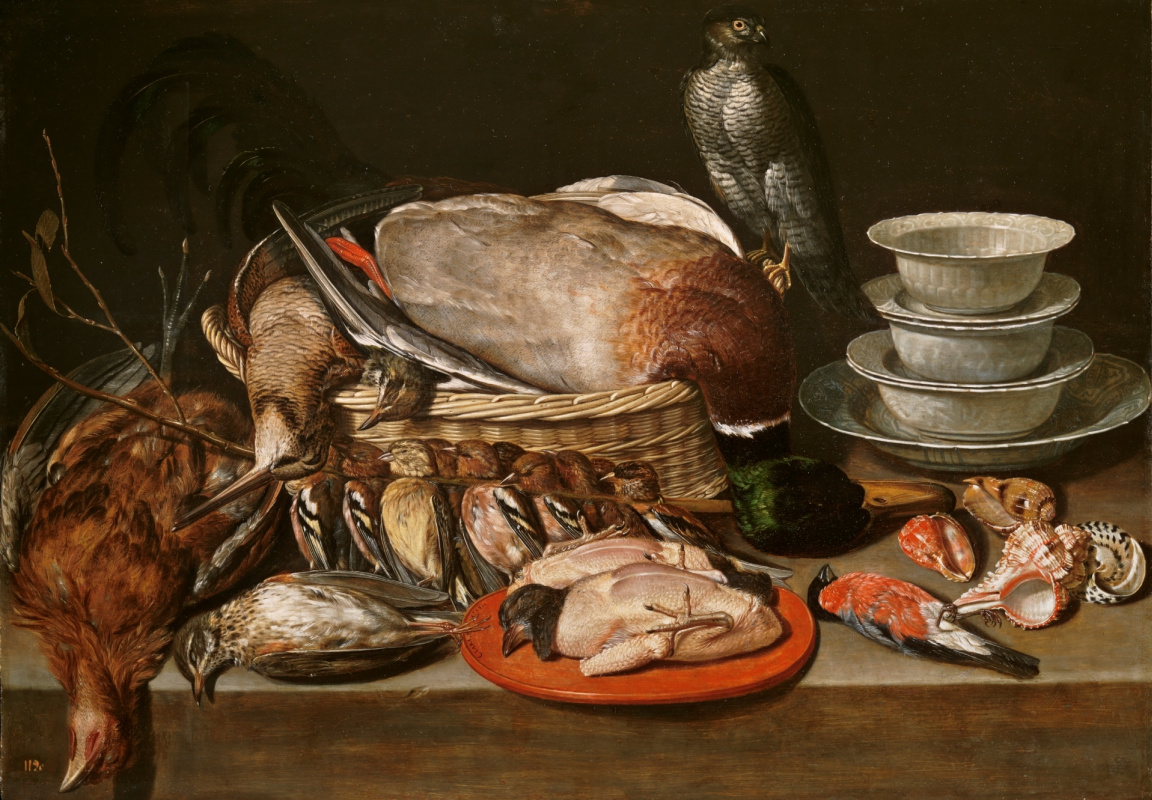Painted with taste: mouthwatering still lifes of the Dutch female artist and innovator of the XVII century on view at Prado


Since Clara Peeters did not have her own historiography, very little is known about her life. It is assumed that she was born in Antwerp, around 1588 — 1590. Only 11 of her known works are dated and the earliest were painted in 1607 — 1608. The peak of her creative activity was around 1611 — 1612, but it is not known whether she continued to paint after 1621.
Apparently, Peeters had an extraordinary intelligence and foresight. Her works were being present in collections in Rotterdam, Amsterdam and Madrid, suggests that she aimed to achieve financial profit from her activities, working in a highly professional manner and exporting her paintings through dealers. In addition, differences between the manner of painting these works suggest that she made use of her own studio with apprentices.
The exhibition "The Art of Clara Peeters" presents paintings created between 1611 and 1612. Six of them come from private collections, three — from northern European museums, one came from the UK and one from the US, four are owned by the Prado Museum. These paintings depict raw meat and fish, already cooked food on the tables, serving vessels, cutlery and other objects. Most of them are costly, luxury items, all painted with painstaking detail in the description of the forms and textures. The artist conveys a general sense of moderation in an elegant contrast between brightly lit objects and dark backgrounds.
Left: Clara Peeters, "Still life with flowers, gilt goblets, coins and shells" (1612)
These paintings reveal the tastes and habits of the most prosperous classes. Here you can see imported goods and foodstuffs such as sweetmeats, wine, fruit and fish (Peeters was the first artist to make the latter the principal subject of some of her still lifes). The particular interest is "Still life with peregrine falcon and its prey", where we can see a small hawk next to dead prey. This is representing the first still lifes on the subject of the hunt, an activity associated with the aristocracy.
Left: Clara Peeters, "Still life with gilt goblet, sweets, porcelain and pomegranate" (1612)

In " Still life with flowers, gilt goblets, coins and shells" we can see at least six "selfies" of Peeters. She is holding her brushes and palette and upholding her status as a woman painter, encouraging the viewer to acknowledge her existence. These self-portraits also reveal the level of Peeters' artistic skills in her ability to depict herself on such a minute scale.
Left: Clara Peeters, detail from " Still life with flowers, gilt goblets, coins and shells" (1612) — one of the artist’s reflection on the surface of the goblet on the right


















